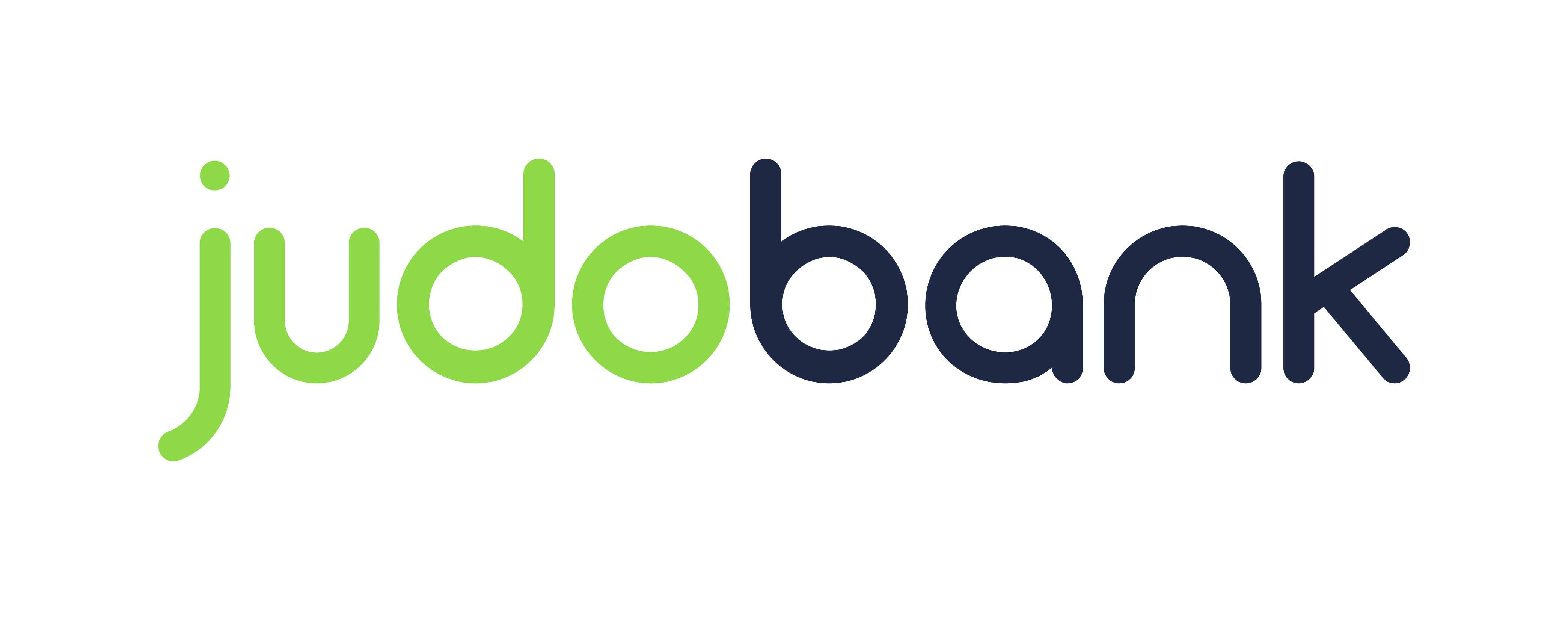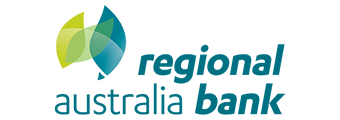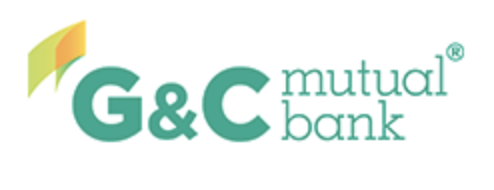What is a six-month term deposit?
A six-month term deposit is a savings product where you lock away a lump sum of money with a bank or financial institution for a fixed period of six months, earning a set interest rate. During the term, you generally can't access the funds without incurring a penalty, making it a low-risk and low-maintenance but inflexible investment option.
Interest on all term deposit products is simple, meaning it’s not compounded (i.e. interest earns interest). This makes it easier to calculate, but could result in a few dollars' less interest than with a savings account on the same interest rate.
What to look for in a six-month term deposit
When choosing a six-month term deposit, it's important to compare offers from various banks and consider more than just the headline rate. Key factors like how and when interest is paid, deposit requirements, and what happens at maturity can significantly impact the overall return.
Competitive interest rates
Interest rates can vary considerably between providers, so shopping around can help you secure a better return. As of October 2025 rates have been coming down, making it harder to find a six-month term anywhere close to 5% p.a. That said, the spread on inflation is probably the best it's been in a few years.
Interest payment frequency
Some term deposits pay interest at maturity (i.e. the end of the term), while others may offer monthly or quarterly payments. While more frequent payments might suit those needing regular income, interest paid at maturity generally results in a slightly higher effective return due to compounding. You may find with most banks that any tenure under a year only has the option for interest payments at maturity.
Rollover options
At the end of the six-month term, many banks automatically roll your funds into a new term deposit unless instructed otherwise. It’s important to check the rollover terms and decide whether to reinvest, withdraw, or shop around for a better rate.
You’ll likely get an email from your bank in the weeks leading up to the maturity date, and it’s your job to instruct them what to do.
Linked account options
You’ll likely need to link a transaction account to the term deposit. This is for two reasons: 1) for interest payments and 2) for return of capital at the end of term. Some banks allow you to nominate an external account, while others will set one up for you. It’s likely in their terms and conditions.
Minimum and maximum deposits
Most six-month term deposits require a minimum deposit, typically starting from $1,000 to $5,000. Some banks may also set upper limits for standard retail customers, so check the fine print if you're investing a larger sum.
Drawbacks of six-month term deposits
While term deposits offer security and predictability, they’re not without limitations. Their fixed nature can make them unsuitable for those who might need quick access to their funds or who want to take advantage of rising interest rates. These negatives apply to any tenure - not just six months.
Early withdrawal penalties
Accessing your funds before the six-month term ends usually means forfeiting some or all of the interest earned and may involve a notice period (commonly 31 days). This is a regulatory requirement from APRA.
Make sure you’re comfortable locking away the funds for the full term before committing. Breaking a term deposit early is usually only advisable and permissible under financial hardship.
If you break one early, you’ll likely sacrifice a proportional amount of interest, and some banks even charge an admin fee to do so, usually around $30. If your interest does not cover this, it could come out of your principal - you’ve been warned!
Tax
Interest earned on term deposits is considered taxable income in Australia and must be declared in your tax return. The tax is charged at your marginal rate, which can reduce the real return—especially for higher-income earners.
You’ll likely also need to nominate your TFN or tax file number to avoid withholding tax at the highest marginal rate (45%).
See Also: Income Tax Calculator
Frequently Asked Questions
Yes, students can get a home loan in Australia, but approval can be challenging. Domestic students may qualify with a stable income and a good credit record. Meanwhile, those with casual work and a "thin" credit profile may be able to find specialised options. International students can also apply, but face stricter requirements and fewer lender options.
Yes, international students can buy property in Australia, but only with Foreign Investment Review Board (FIRB) approval. As international students hold a temporary visa, they are typically limited to new dwellings, off-the-plan properties, or vacant land for development, and must live in the home themselves (not buy as an investor).
International students aspiring to become homeowners in Australia need a valid student visa, FIRB approval, a deposit of at least 20-30%, stable income, and a good credit history. Only a limited number of specialist lenders offer loans to non-residents or temporary visa holders.
While not explicitly imposed, international students typically face higher interest rates compared to Australian citizens and permanent residents. Lenders consider them higher risk due to their temporary visa status, limited local credit history, and uncertain long-term residency. Rates and terms vary by lender, but non-resident borrowers generally have access to fewer loan products with stricter eligibility criteria and possibly higher fees.
Yes, but only students who are Australian citizens and permanent residents are eligible for government home-buying support, such as the First Home Owner Grant (FHOG) or the Home Guarantee Scheme. International students on temporary visas are not eligible for these benefits.
A guarantor isn't legally required, but is often essential for student borrowers. Students typically have low income, minimal credit history, and small deposits, all of which make lenders cautious. A guarantor - usually a parent who offers their property equity as security - reduces the lender's risk and significantly improves the chance of loan approval.
There is no fixed maximum loan amount for international students as it depends on the lender's policy, the student's income, visa type, deposit, and overall risk profile. Although many mainstream lenders cap their loan size at $1-2 million.


























